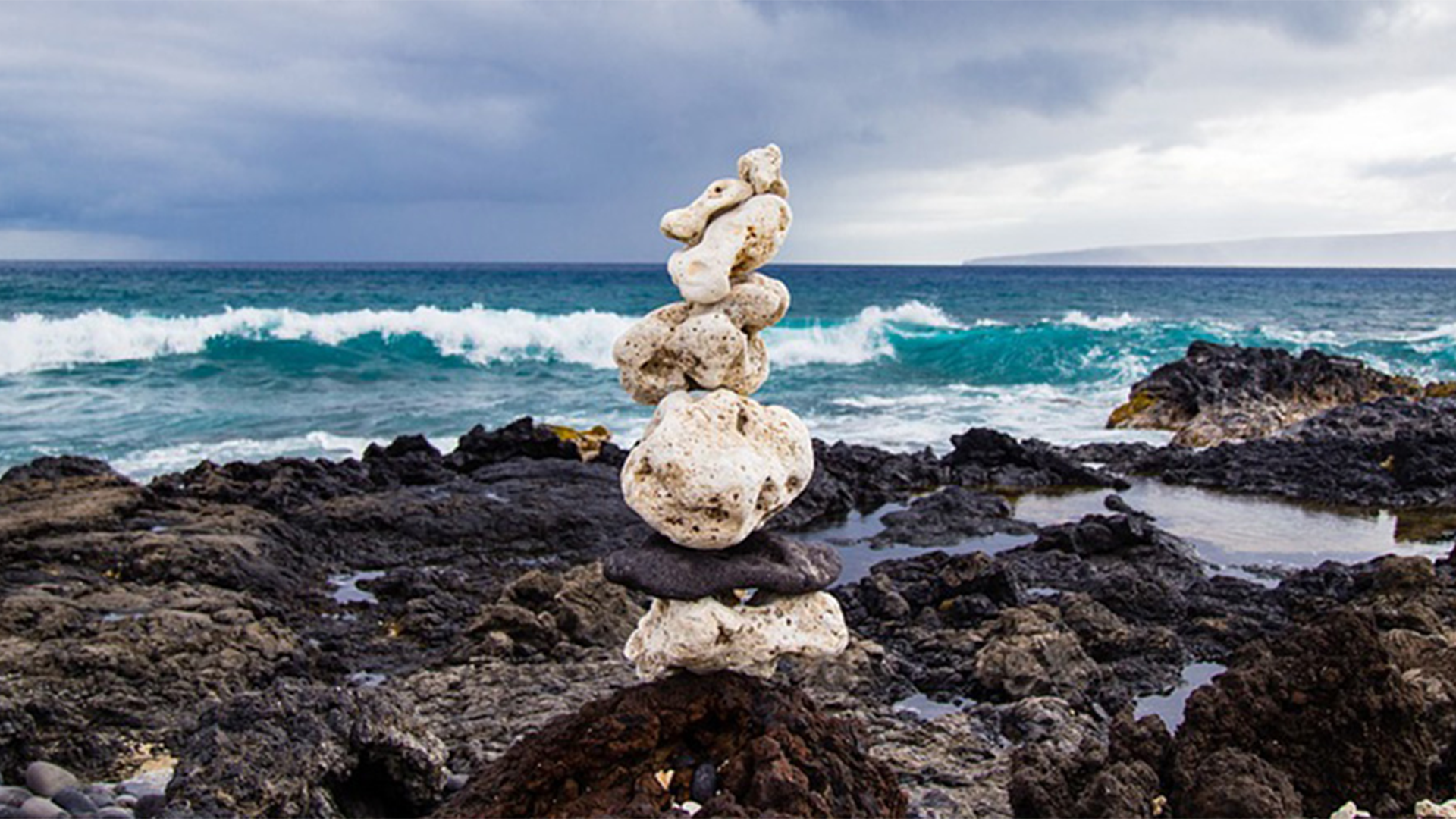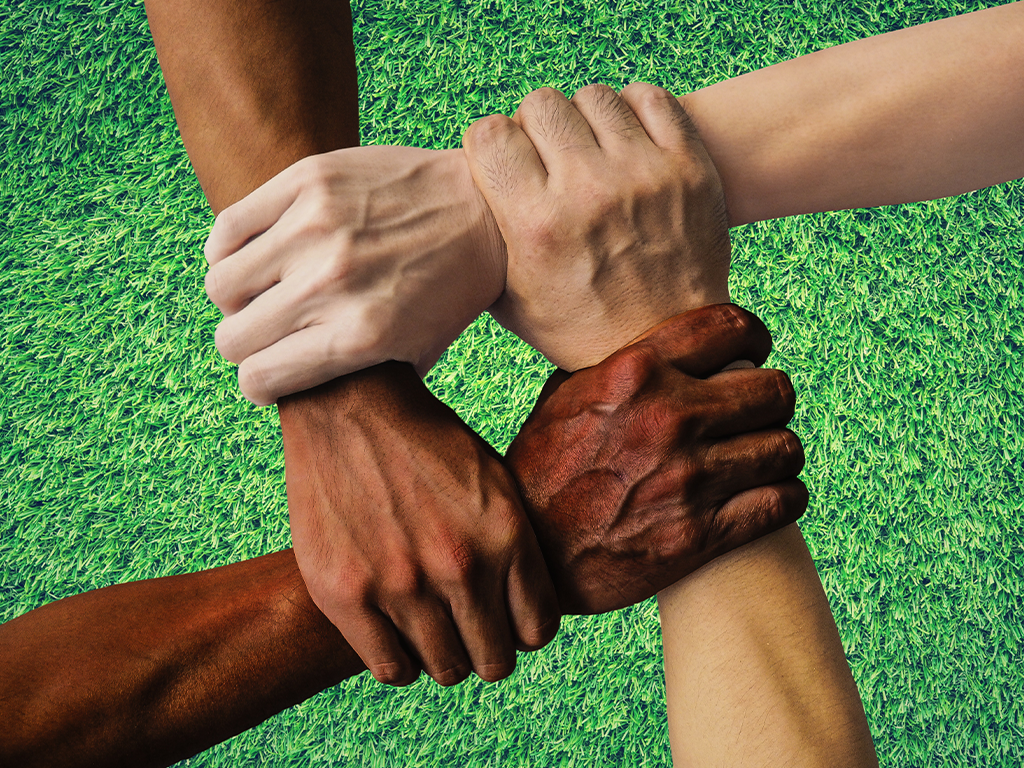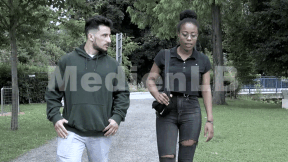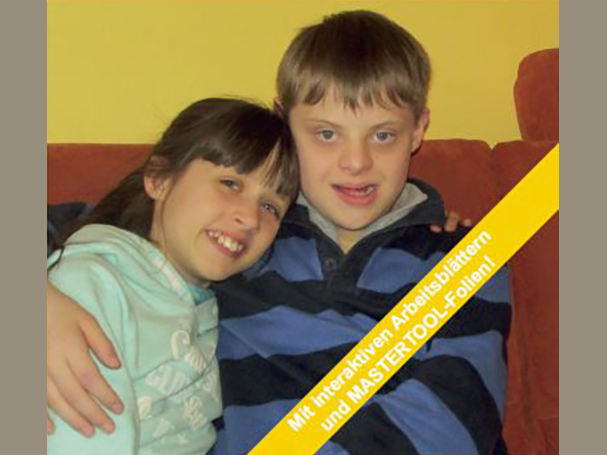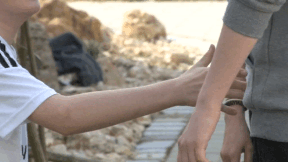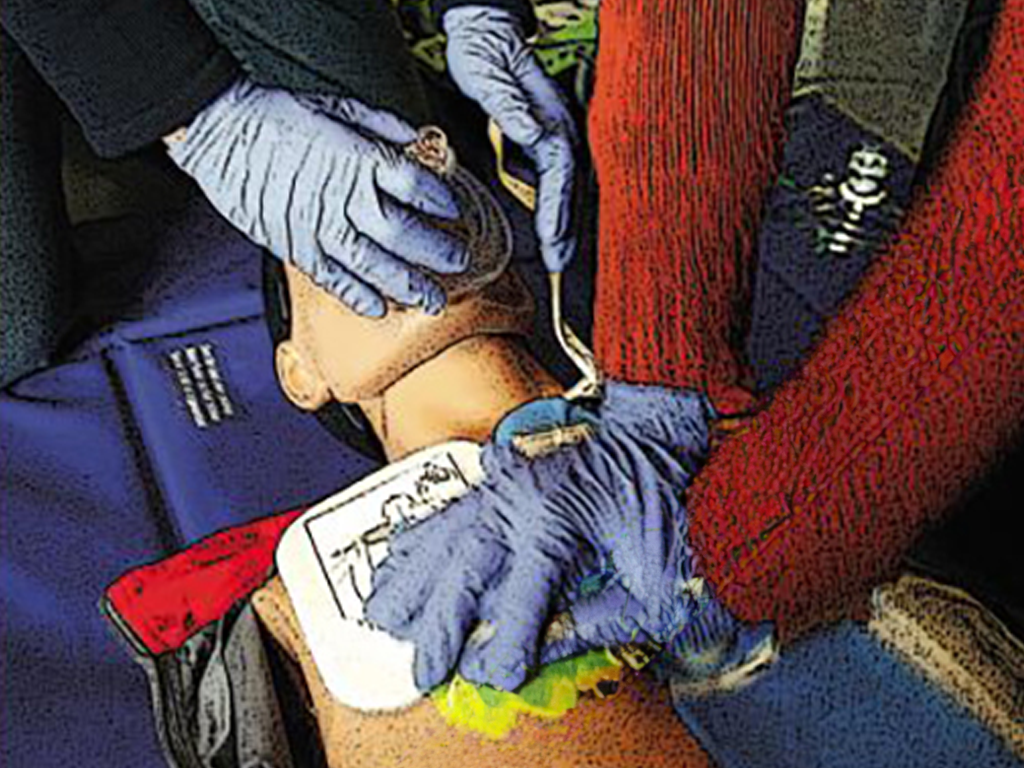 Biology, Primary School
Biology, Primary School
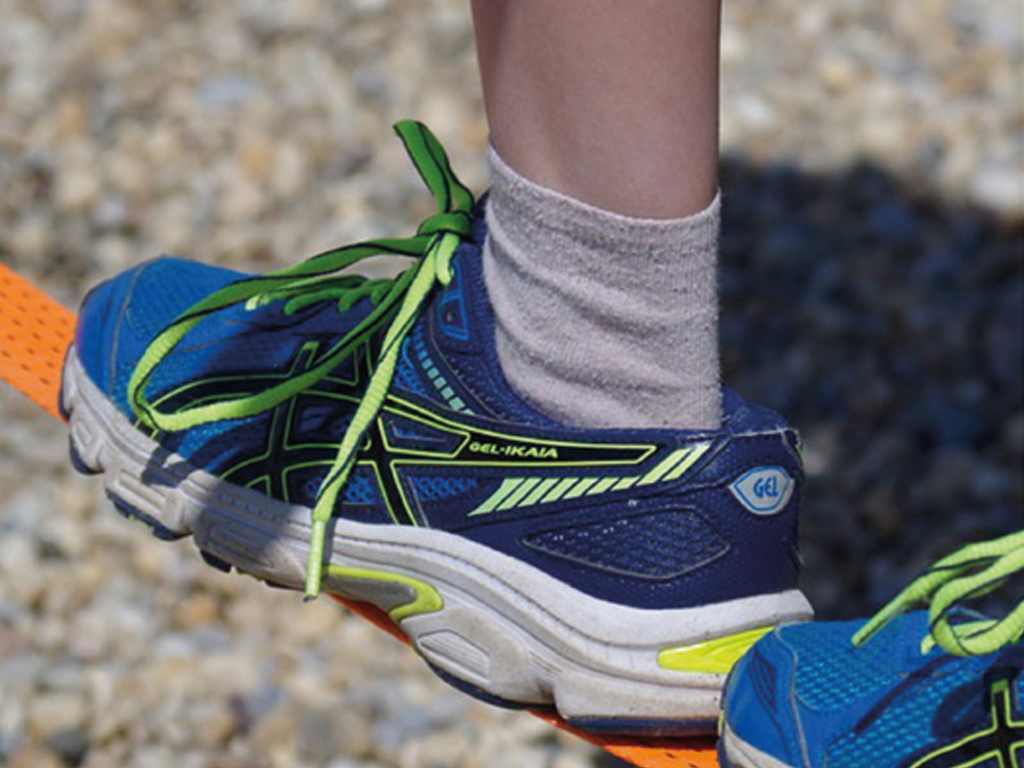
4677062 / 5564357
Equilibrium
Maintaining a Balance
All things have weight. Some things are heavy. Others are light.
Often you would like to strike a balance. What is light should get heavier and what is heavy should get lighter.
When bodies, substances or conditions are balanced, we call it equilibrium.
Everyone has certainly used the word ”equilibrium“ already. Its meaning? Of course: two weights. Both equal – or are they?
But it is not that simple because there are different kinds of equilibrium. If the distribution of weight is balanced, it is called “mechanical equilibrium“. As is the case with Leonie balancing on the rope.
